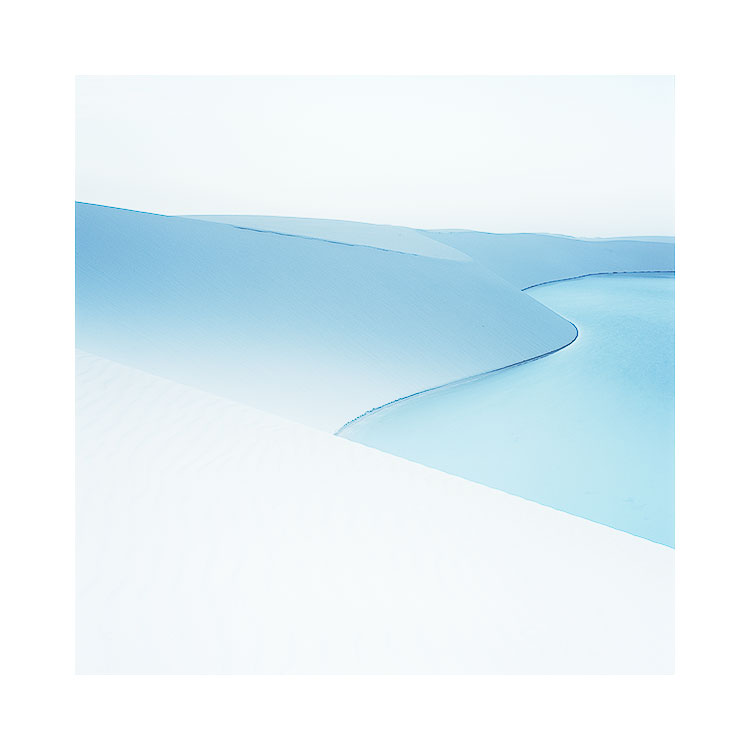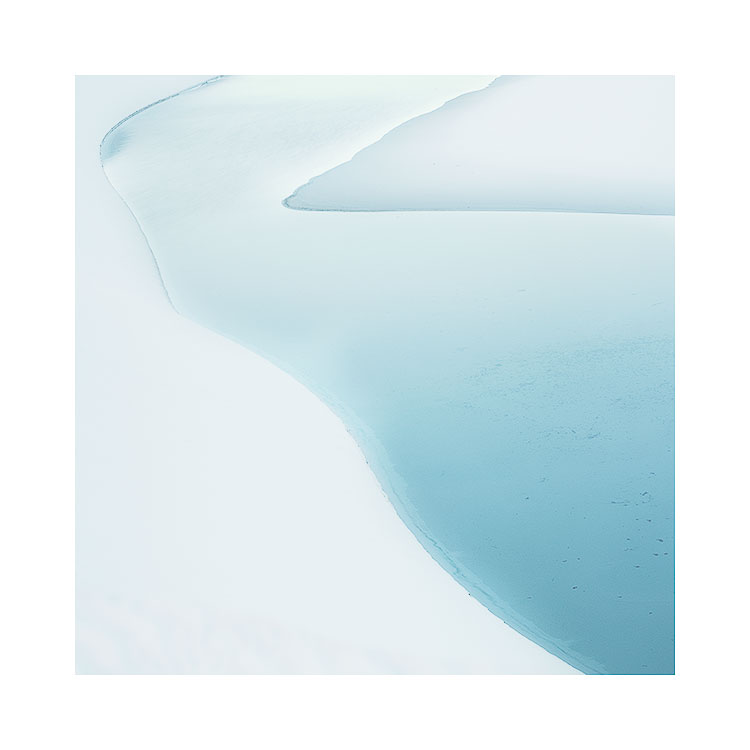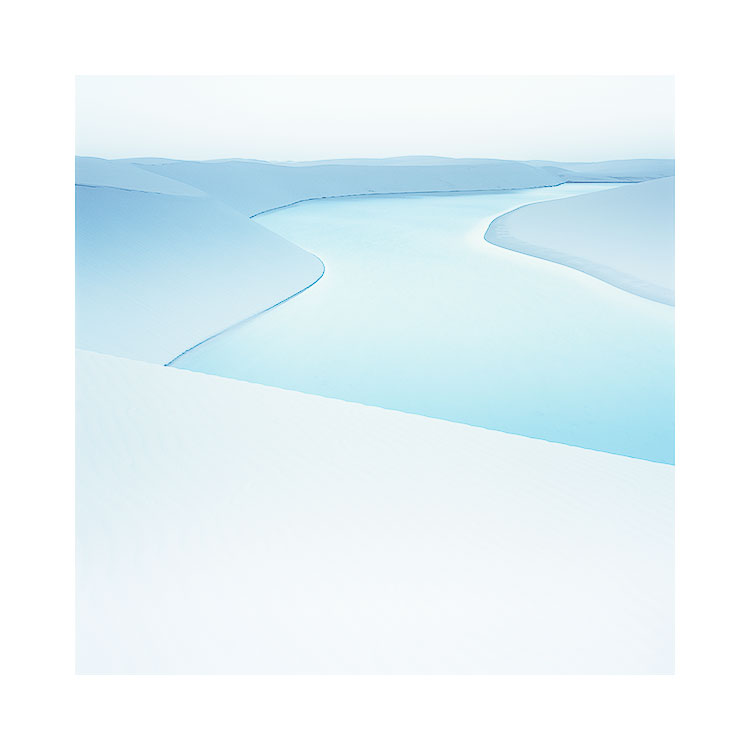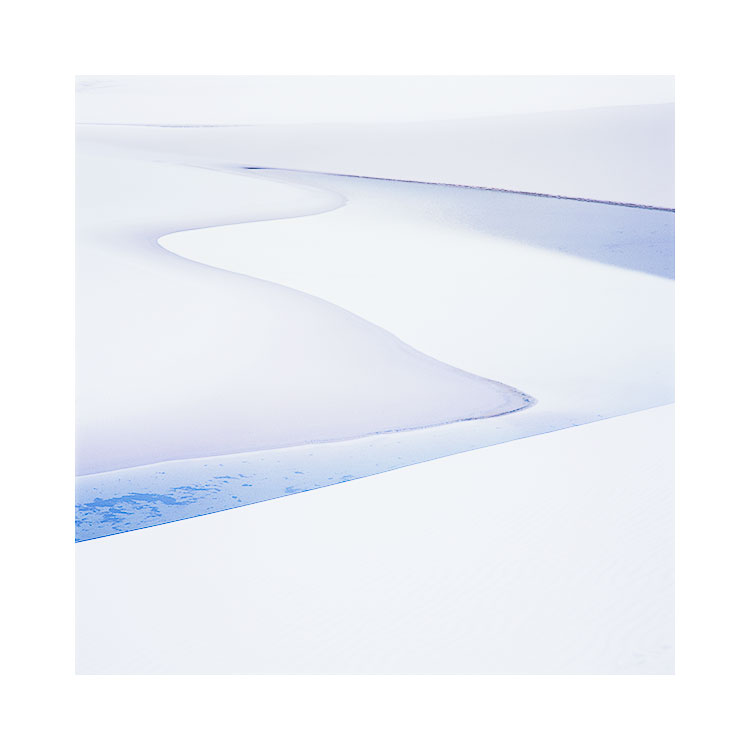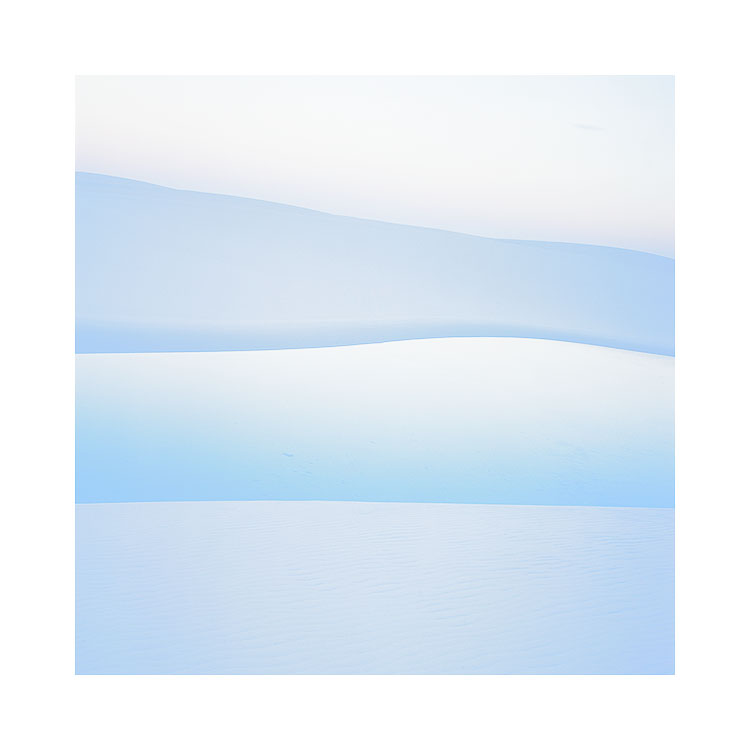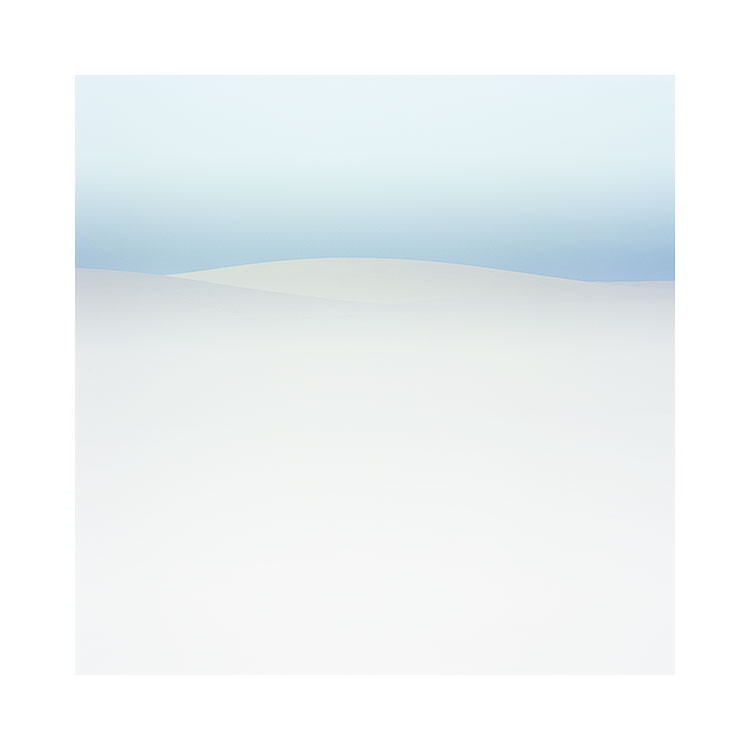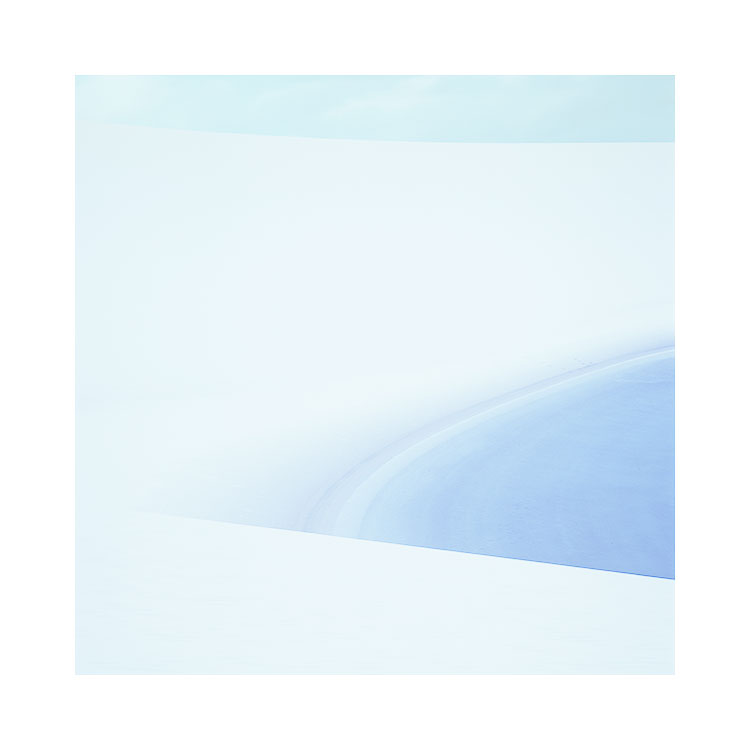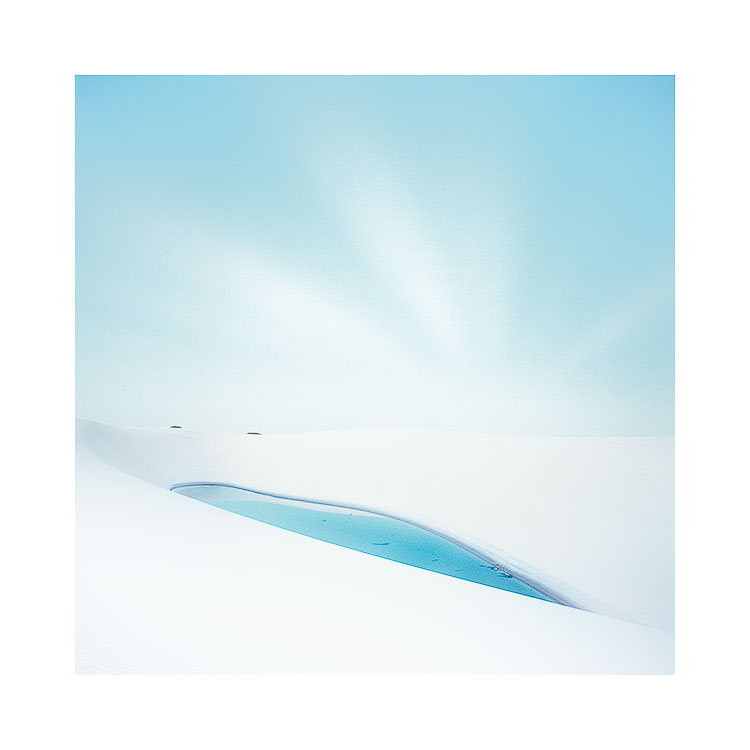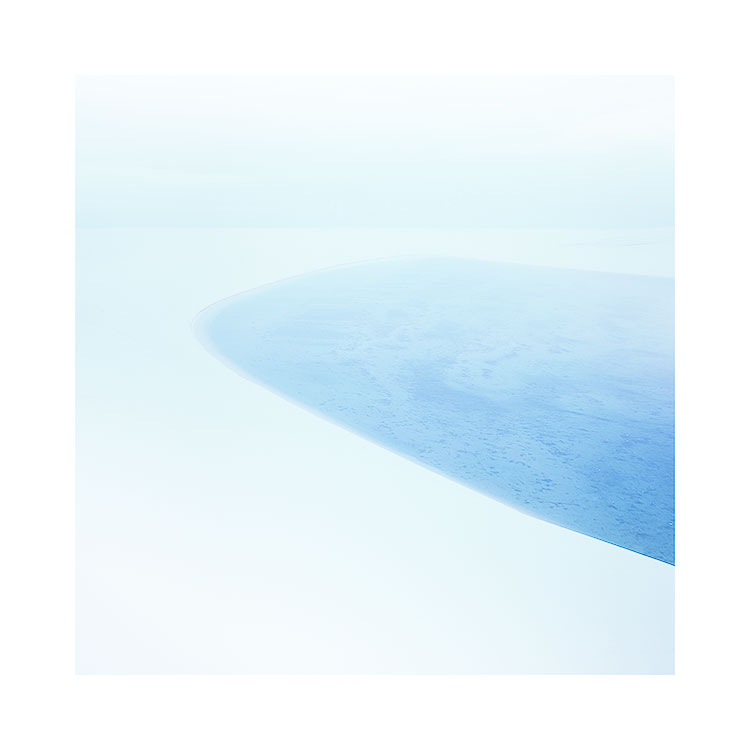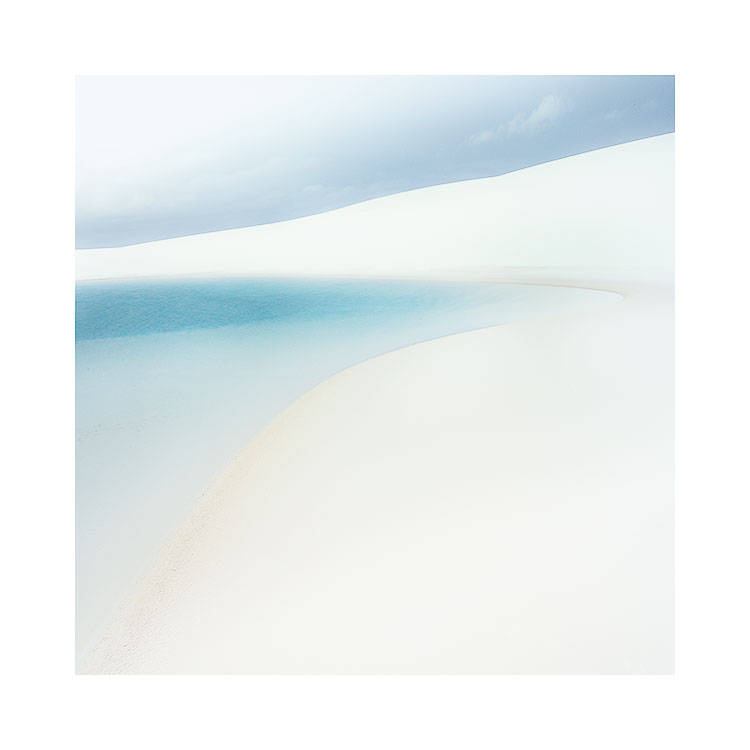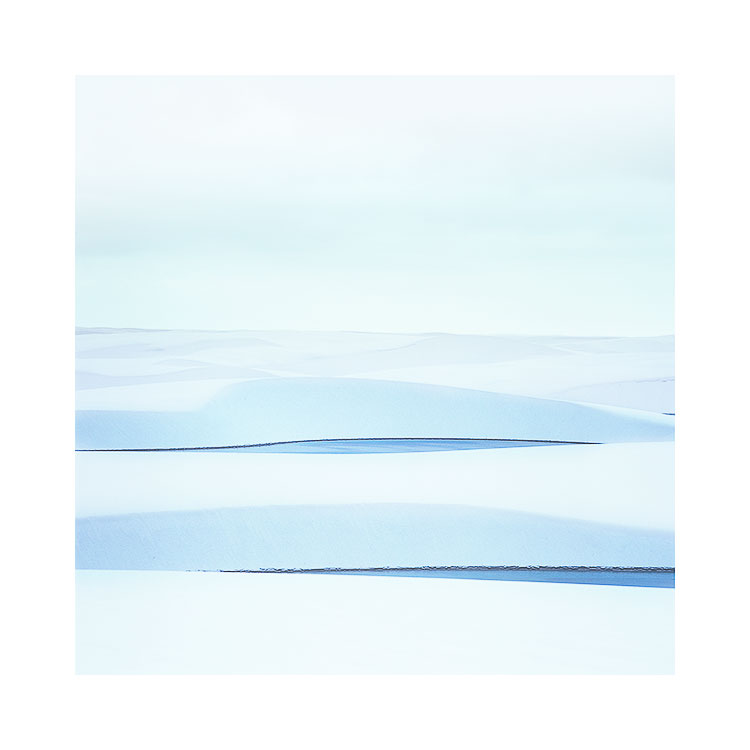Since I started writing 13 years ago, things have changed enormously on the internet. In the olden days I often felt that I was able to listen to, and read someone’s point of view and feel their words coming from their heart. This is much more difficult now, to find those articles where you feel someone is coming from some point of authenticity. Perhaps it’s just because there is so much activity out there now. There are so many more voices, and for each 10 genuine voices, there are a hundred whom perhaps aren’t saying much, or if they are, they are selling.
I’ve been reflecting upon my own blogging activity over the past few years. I am posting much less than I used to. One reason for this is that after 13 years, it’s quite tough to come up with things that are new. But that’s not it. I feel the real reason is that I am beginning to feel less and less a need to share. In some ways, I feel there has to be a place for privacy and space in our creative inner-worlds.
We all have to keep a little back of ourselves. Everyone is in my view, posting too much, and in a way, giving up too much of themselves. You have to be more selective these days in my view, as to what you are sharing. We need to nurture, and care for our creative-inner-world.
I have also been thinking for a few years now, that photography is really a private endeavour. It’s an inner-growth thing for me. I think it is for many of us, but we get distracted by the social-media aspect of feeling we have to share what we do.
So I’d like to leave this post today with one thought: the highest form of currency that you have: is you. If you value your work, and what you do, remember to keep a little bit back of yourself. Remember to tend that private inner-world. It’s not really designed for being laid bare.
So value your inner world highly, and consequently, perhaps share a little more lightly.













